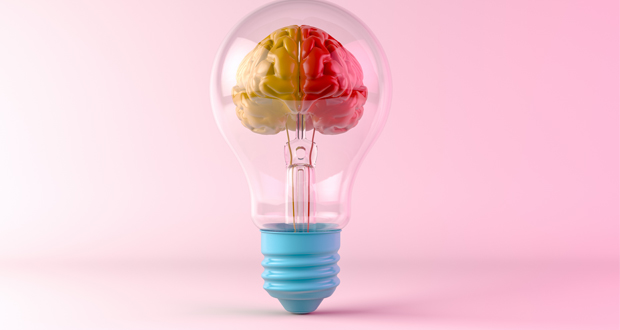In The ClassroomOpinionTop Stories
What neuroscience can tell us about motivating students to learn

Is it possible for a teacher to “feel” the motivation of a student? The kind and intensity of motivation? It depends on the empathetic skills of the teacher. Usually the responses of the student – cognitive, behavioural and emotional – help the teacher to understand whether a student is motivated or not. If the student’s responses are prompt and focused, and he/she is enthusiastic, the teacher assumes that the student has the right kind of motivation for learning.
Please login below to view content or subscribe now.





